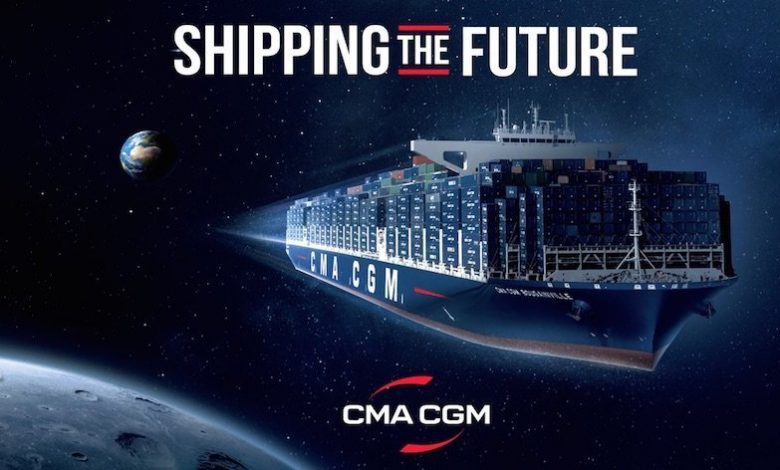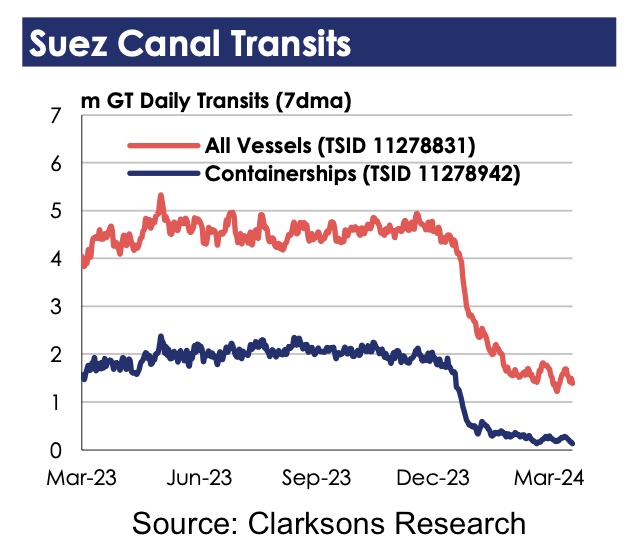Liner Cape diversions equivalent to a trip to the Moon every week

Putting some perspective on just how enormous the rerouting of global trade has been in the wake of the Houthi attacks in and around the Red Sea over the past six months, Lars Jensen, founder of liner consultancy Vespucci Maritime, has crunched some astronomical numbers.
For the past 112 days – 16 weeks – major container lines have eschewed the Suez Canal route for voyages between Asia and Europe, preferring to take the safer, longer voyage around the Cape of Good Hope. Vespucci Maritime data suggests this has added an additional distance of around 6.5m km.
“Every single week the added sailing distance is more than the distance to the moon,” Jensen wrote in a post on LinkedIn, rekindling memories of a 2017 brand refresh from French liner CMA CGM (pictured).
Clarksons Research has estimated container vessel demand has leapt by 11% thanks to the mass diversions, a figure German carrier Hapag-Lloyd has put lower – in the 5% to 9% range.
The extraordinary redrawing of the seaborne trading map between Asia and Europe over the past six months since the Houthis intervened in the ongoing war in Gaza is also having a deleterious effect on shipping’s carbon footprint with one report suggesting shippers might experience a more than five-fold increase in CO2 emissions per container shipped.
Typically, boxships take 31 days travelling the 10,000 nautical miles between Shenzhen and Rotterdam on the traditional route via the Suez Canal. That journey distance jumps to more than 13,000 nautical miles, and at least 41 days, if the route is via southern Africa.
In terms of CO2 emissions, researchers at Danish consultancy Sea-Intelligence have been able to quantify the extra pollution on a per teu basis in a study in January, which factors in the longer sailing distances, as well as increased speeds, and the likelihood of smaller ships being deployed on the alternative southern African route. CO2 emissions per teu could rise from anywhere between 31 to 575%, the study suggested.
The longer journeys are also having an impact for a ship’s Carbon Intensity Indicator (CII), as well as the newly introduced emission trading scheme from the European Union (EU ETS).

